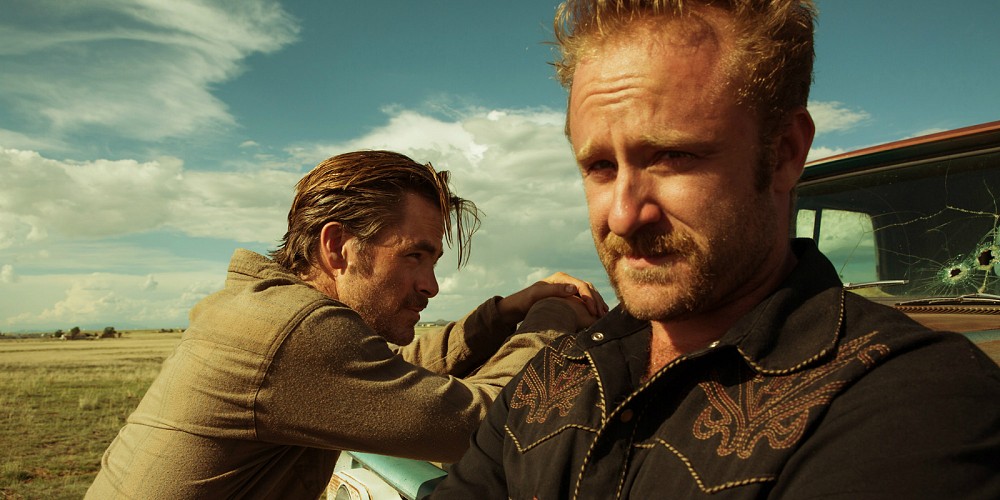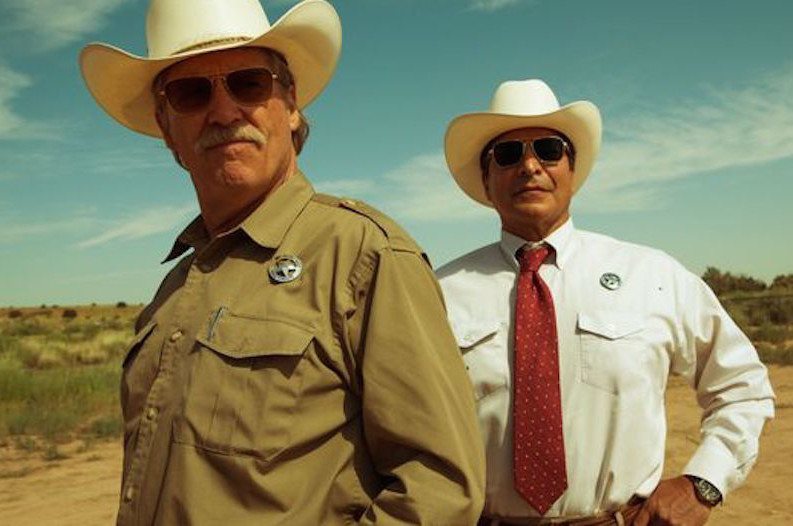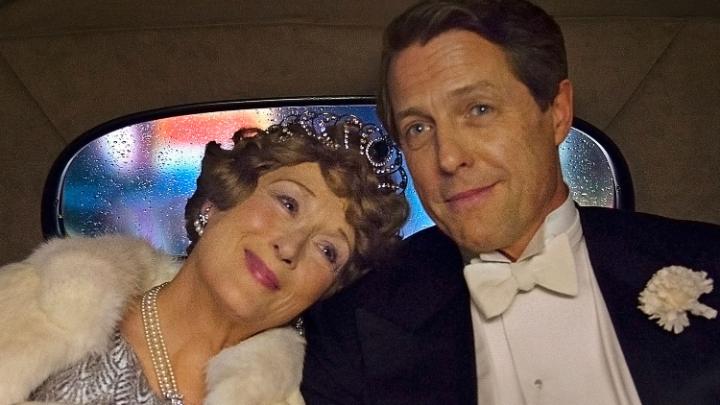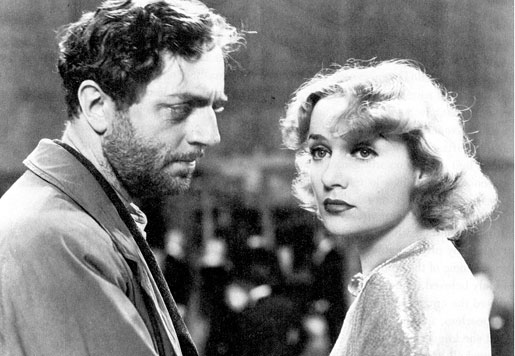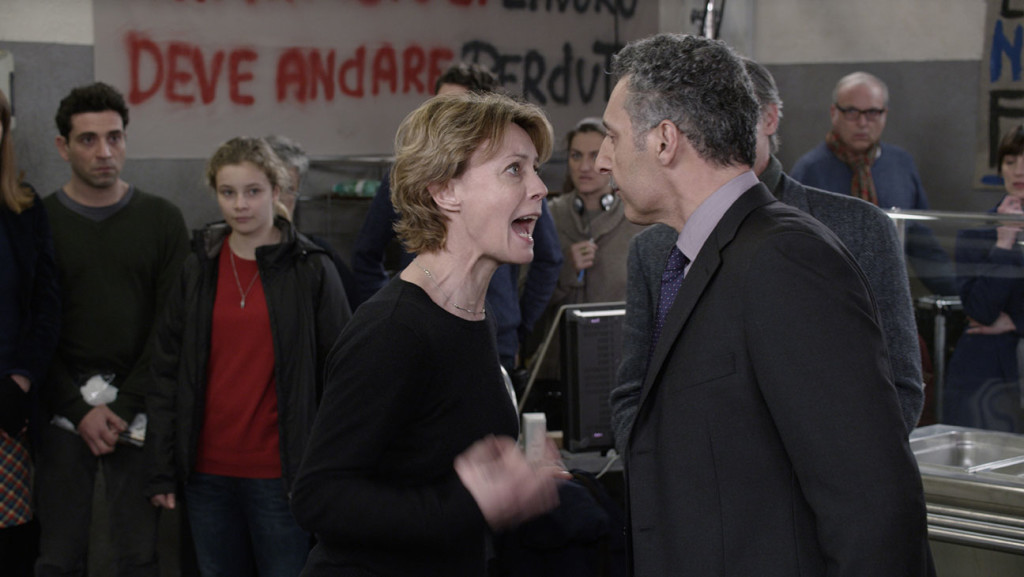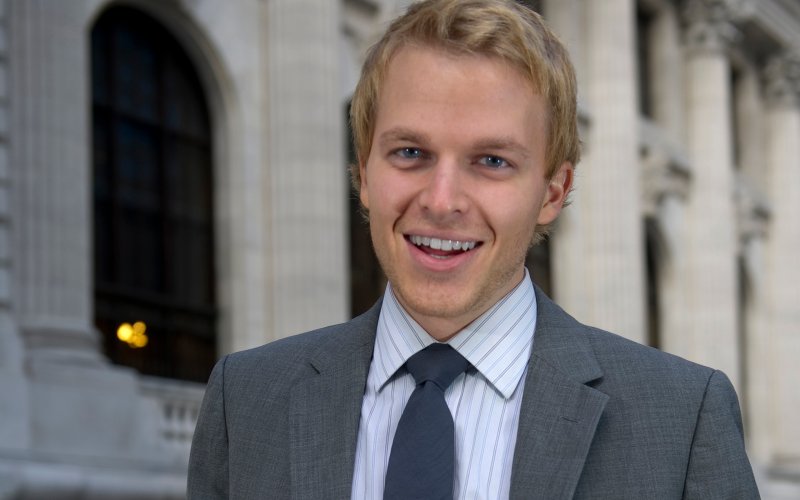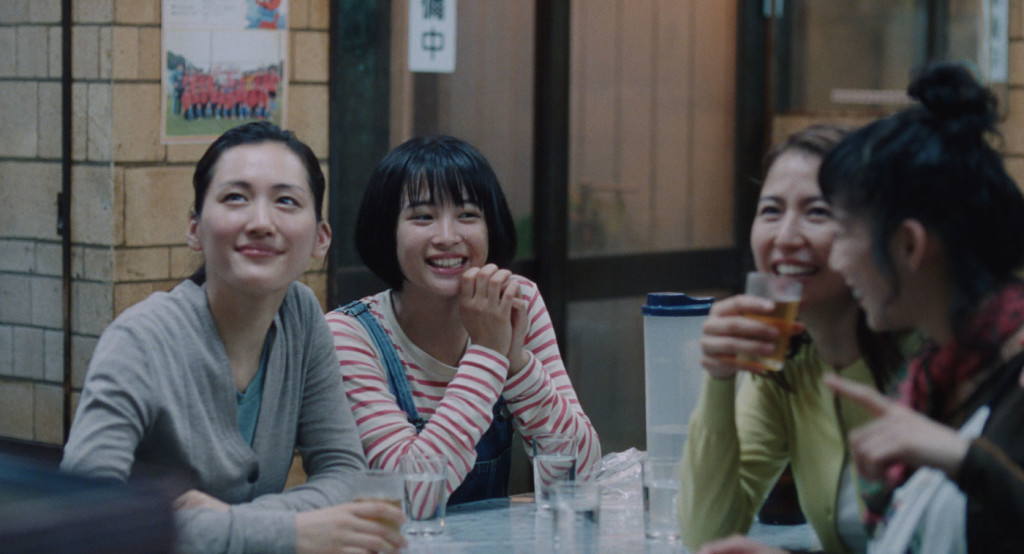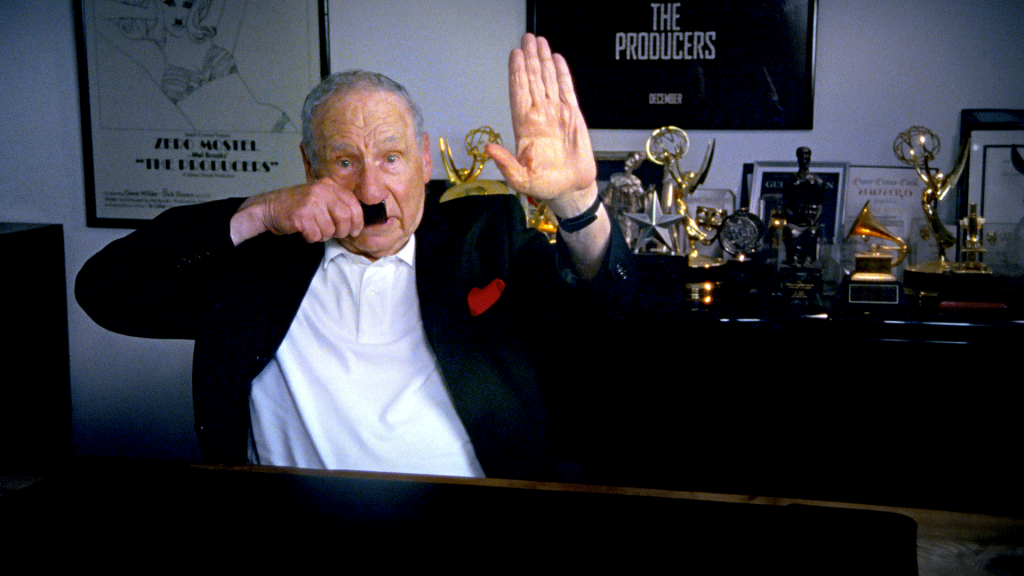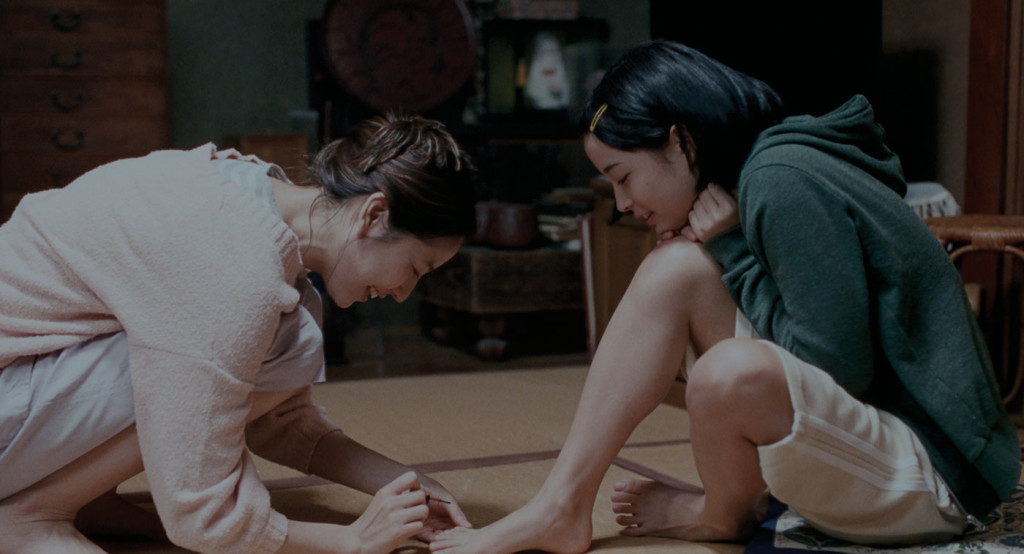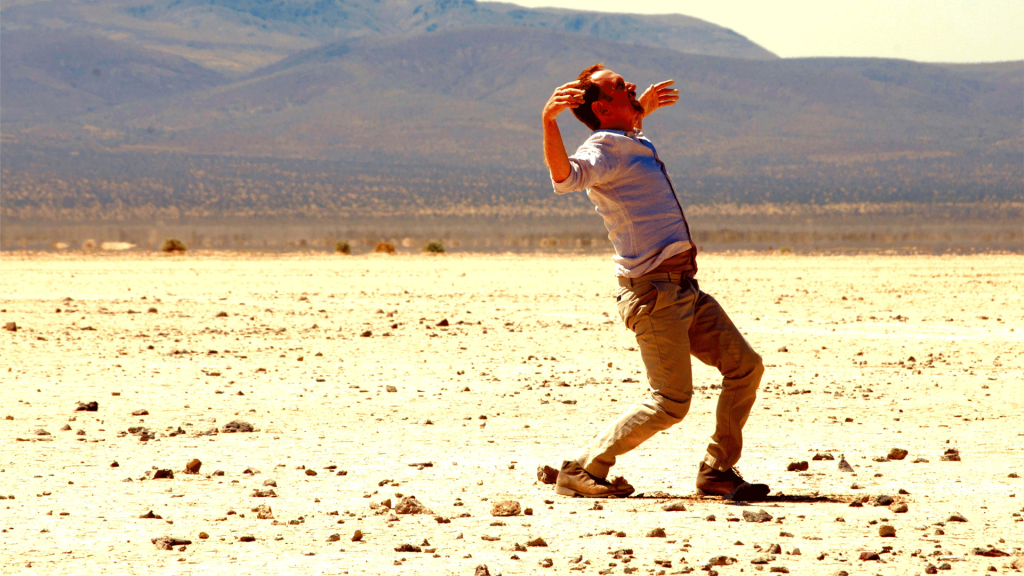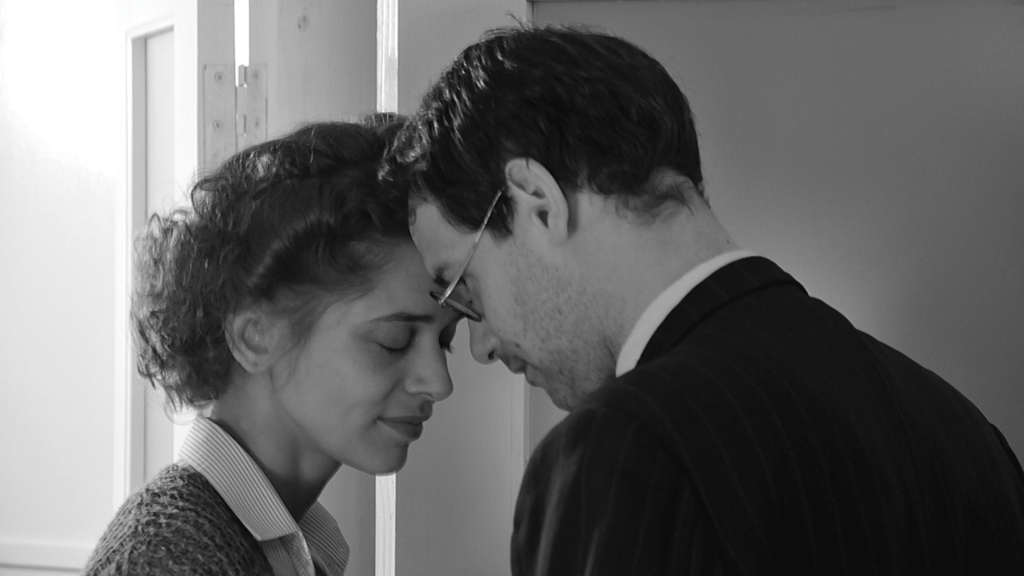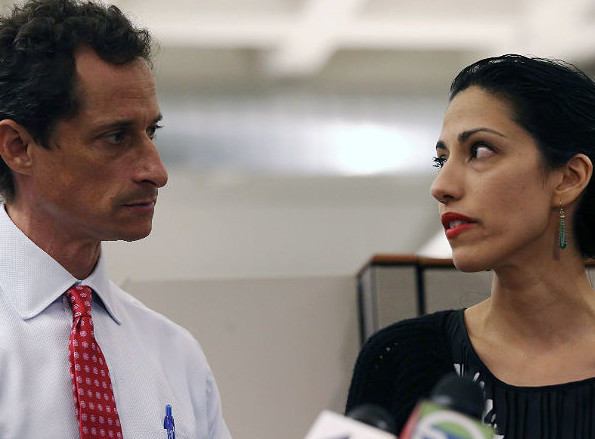
This week’s recommendation couldn’t be any timelier, given Anthony Weiner’s disgraceful collapse into yet another texting scandal, resulting his getting dumped by his wife, Hillary Clinton confidante Huma Abedin. Don’t miss the political documentary Weiner, probably the best documentary of the year. It also provokes some reflection on the media in this age. It’s on my Best Movies of 2016 – So Far.
You may remember Anthony Weiner as the politician forced out of Congress in a sexting scandal. A couple of years later, he tried to make a comeback by running for mayor of New York City. Weiner is the inside story of that campaign, which self-immolated when the sexting scandal popped up again. Weiner is a marvelously entertaining chronicle of the campaign, a character study of Anthony Weiner himself and an almost voyeuristic peek into Weiner’s marriage to another political star, Huma Abedin.
Co-director Josh Kriegman served as Weiner’s Congressional chief of staff and left politics for filmmaking. When Weiner was contemplating the run for mayor, Kriegman asked to shadow him in the campaign, and Weiner agreed. Kriegman and co-director Elyse Steinberg shot 400 hours of backstage footage and caught some searing moments of human folly, triumph and angst.
In office, eight-term New York Congressman Anthony Weiner was a firebrand, pugnacious and a master debater with a vicious sense of humor, always eager to mix it up. He is married to Huma Abedin, a close Hilary Clinton advisor often described as “Hilary’s other daughter”. Huma is as reserved as Anthony is ebullient, and her own distinguished career in politics has been behind the scenes. He lives for the limelight, but she is uncomfortable in it.
Anthony begins his comeback with brutally painful media launch. The press is in a complete feeding frenzy – all revisiting the scandal and nothing else. One of the highlights of Weiner is a montage of talking heads reviling Weiner, including Donald Trump, who bellows, “We don’t want any perverts in New York City”.
But when Anthony goes on the campaign trail, the electorate begins to really respond to his passion and feistiness. Weiner unexpectedly surges into the lead 10 weeks to go. We are treated to a first-class procedural and see what only political pros see – the banal opening of a campaign office, rehearsing speeches, shooting commercials, dialing for dollars.
But then the scandal re-opens when a publicity-seeking bimbo releases a photo of Anthony’s penis that Weiner had texted her. We see his Communications Director as the new scandal unfolds in real-time, her eyes becoming lifeless; my day job for the last thirty years has been in politics, and I have gotten some bad news, but nothing like this.
Amazingly, we see Anthony calling Huma and telling her. When the screenshot of Anthony’s penis shot goes viral, we watch as Hums see it for the first time on the Internet, and her anger builds into rage. Anthony finally kicks out the camera.
New York Post prints headlines like “Weiner: I’ll Stick It Out” and “Obama Beats Weiner”. Anthony tells his shell-shocked and pissed off staff “nobody died”, but nobody’s buying it. Anthony has masterfully redefined himself to be more than the punchline once, but the second set of revelations make him indelibly a punchline – and no one can come back from that. From behind the camera, Kriegman plaintively asks Weiner.”Why did you let me film this?”.
Anthony’s pollster gives him the bad news: “There’s no path anymore to get to a runoff” and “So this is a solo flight”. The smell of death is about the campaign at the end, but Anthony is in “never quit” phase.
Anthony’s best moment is when he is obligated to face a hostile neighborhood meeting in the Bronx neighborhood of City Island. He knows that he is doing poorly there, and there aren’t many voters out there anyway, but he keeps his head high and delivers a courageous effort.
Anthony’s worst moment may be when he is re-watching himself in a mutual evisceration of a TV host on YouTube. He is relishing the combat, but Huma, behind him, is appalled by Anthony’s Pyrrhic victory. He smugly thinks that’s he won the verbal firefight, but Huma just says, “It’s bad”. She’s right.
I saw Weiner at the 59th San Francisco International Film Festival (SFIFF) at a screening with co-directors Josh Kriegman and Elyse Steinberg. Kriegman said that he “intended to show the humanity behind the headline – the nuance that is Anthony”. Steinberg noted that “the most exposed are the least revealed”. As of the SFIFF screening on April 23, Anthony Weiner had to date declined to watch Weiner. In Weiner, Anthony looks back after the campaign and ruefully sums it up, “I lied and I had a funny name”.
Weiner has more than its share of forehead-slapping moments and is often funny and always captivating. It’s almost certainly the year’s best documentary and one of best films of 2016, period. Weiner is available on DVD from Netflix and to stream from Amazon Video, iTunes, Vudu, YouTube, Google Play and DirecTV.

